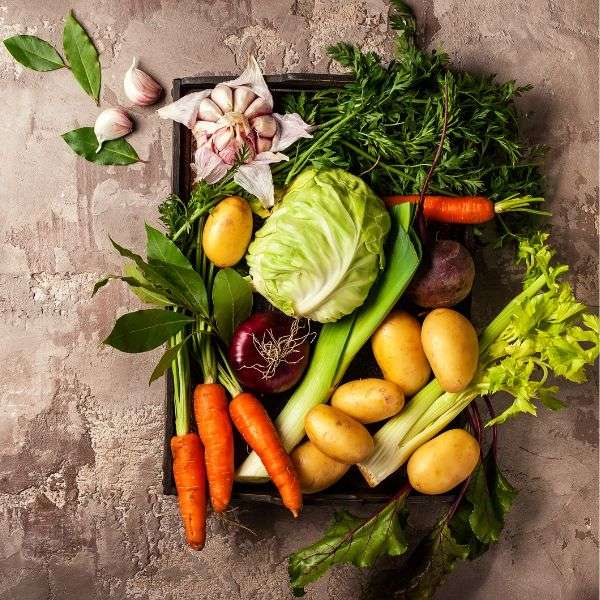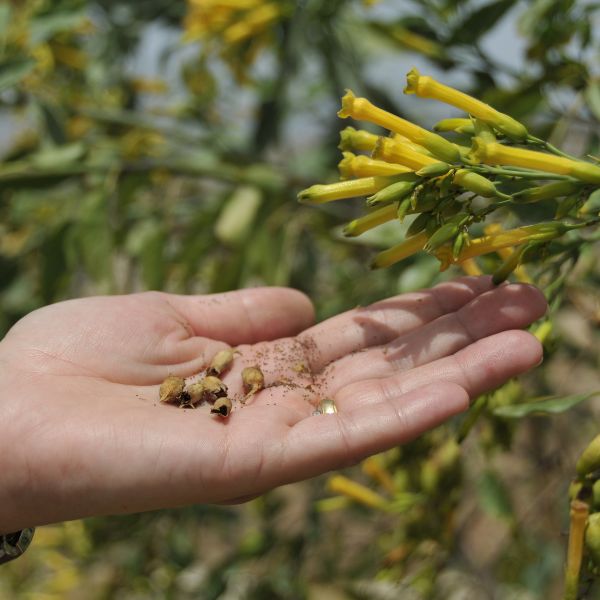Green Winter
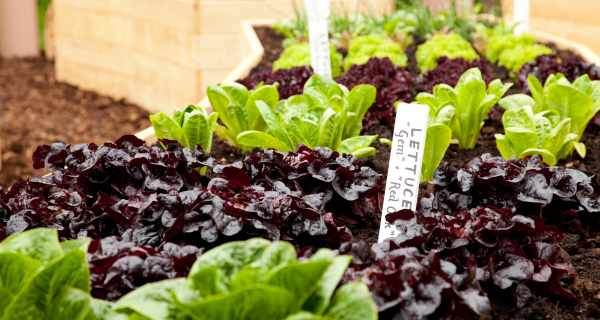
Leafy, green lettuce is much easier to grow during the cooler months as they are prone to heat stress and bolt easily in summer making the leaves bitter to taste.
There are three basic lettuce types to choose from, head lettuce, romaine (or cos) lettuce and loose-leaf lettuce.
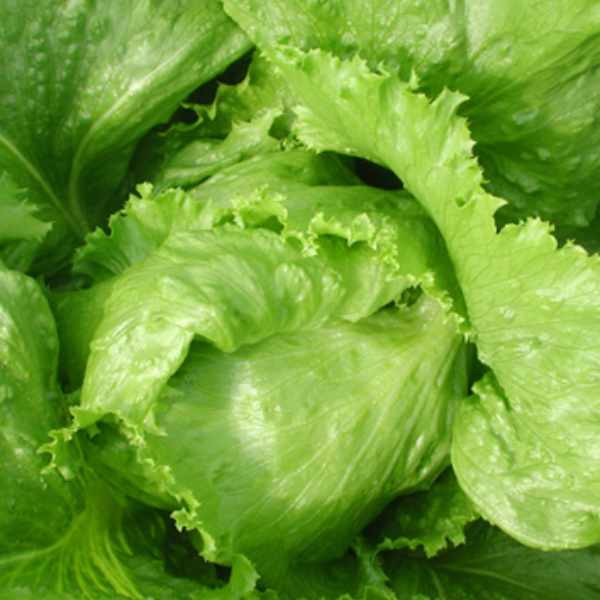
A head lettuce is distinguished by leaves arranged in a dense rosette suggesting that of cabbage.
What Are Considered Head Lettuce?
Iceberg Lettuce
This is probably the most famous and recognizable form of head lettuce. Iceberg lettuce is also sometimes referred to as crisp head, and it is a pale green leafy vegetable that forms into a tight cabbage style head.
Iceberg lettuce is typically defined by its mild flavor and crisp texture. It gets a bad reputation in the nutrition industry for not being as nutritious as, say, romaine. But that doesn’t mean iceberg is without its benefits. With just two cups of iceberg lettuce you can consume more than 10% of your daily Vitamin B.
Butterhead Lettuce
As the name implies, butterhead lettuce is a head lettuce. They form heads, but they are more loose than iceberg and is often described as looking a lot like a rose when it is flowering. Butterhead lettuce works great for lettuce wraps because the leaves are fairly flexible.
The coloring of butterhead lettuce is typically the same green as that of grass. The texture is soft and buttery, which is where this lettuce gets its name.
Butterhead lettuces are more expensive than most other varieties and often come with their roots still attached and submerged in water. They make up for their expense with a long shelf life, with some varieties remaining fresh for up to a month or more as long as their roots remain wet.
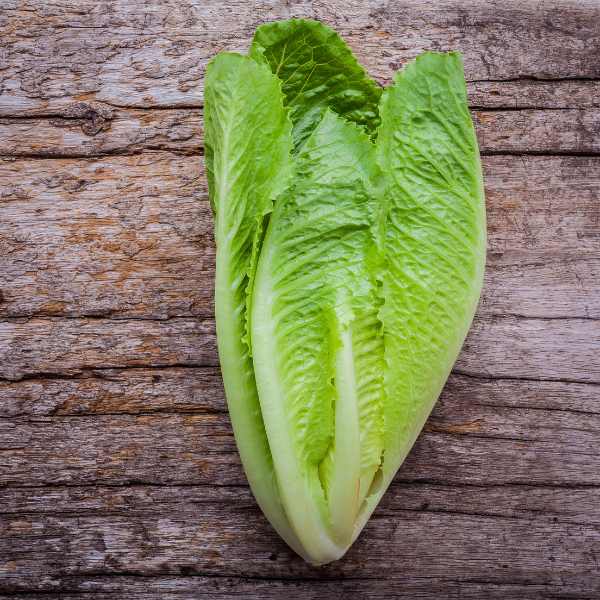
A variety of lettuce that grows in a tall head of sturdy dark green leaves with firm ribs down their centers.
Romaine Lettuce
Romaine can also be considered a head lettuce, but its head is long and in the shape of a loaf. Variations of romaine vary with some having an open head and others a more closed appearance.
Romaine is very nutritious and is most commonly used in Caesar salads. The taste of romaine lettuce is strong, but it doesn’t overpower. The texture of this lettuce is very crisp and it is one of the more nutritious lettuces in existence.
You can receive 7% of your daily fiber intake from one serving of romaine lettuce. It also contains quite a bit of folate, iron, manganese and potassium. As for vitamins, you can get 34% of your daily recommended value of Vitamin C from one serving of romaine, 109% of Vitamin K and a whopping 148% of your Vitamin A intake.
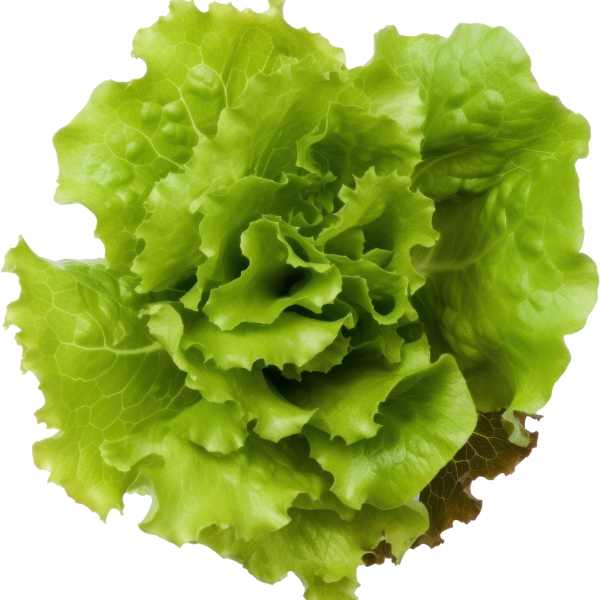
Loose leaf lettuce are those lettuces that do not form a compact head. Their flavour tends to be mild and sweet.
Loose leaf lettuce is one of the simplest lettuces to grow in home gardens and the type grown by most home gardeners. Unlike head lettuce, which is typically done once the head is harvested, leaf lettuce is a “cut and come again” crop. That means you can take a few leaves at a time or all of them at once, and the plant will regrow those leaves.
Growing Lettuce
Lettuces are a heavier feeder as they grow quite rapidly and produce a lot of leaves per plant. To feed them adequately, prepare your beds with composts and manures and fertilise fortnightly using a manure/compost tea.
Snails are by far the biggest pest associated with lettuce. Options to deter these salad munching thieves before they get to your lunch include coffee grounds spread around your patch or a beer trap.
Seed Raising
Best planted at soil temperatures between 8°C and 27°C.
Space plants: 20 – 30 cm apart
Harvest in 8-12 weeks.
Compatible with carrots, onions, strawberries, beets, brassicas, radish, marigold, borage, chervil, Florence fennel and leeks.
Avoid growing close to parsley and celery.


